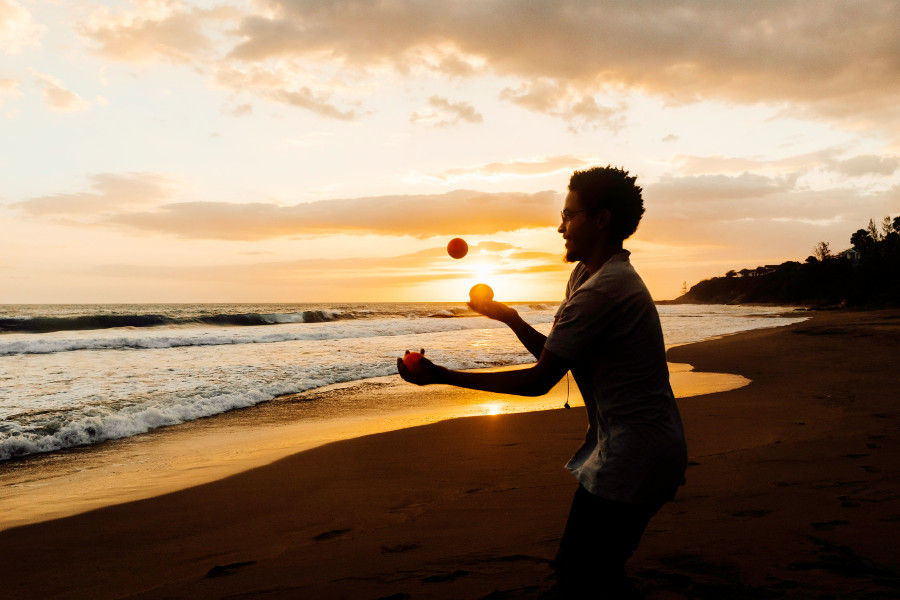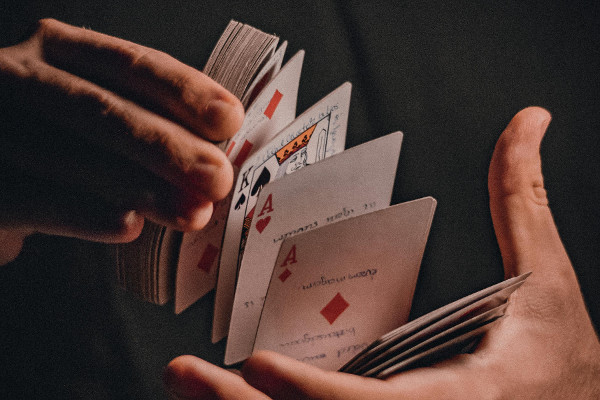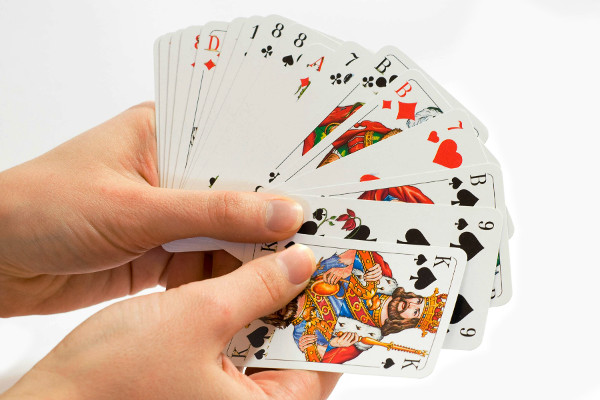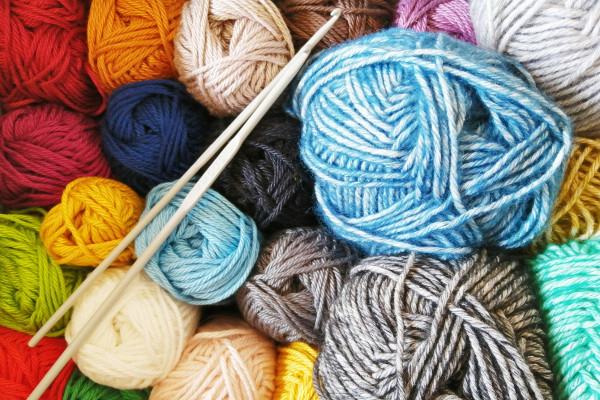How to Learn to Juggle: 15 Expert Tips and Advice for Beginners
If you’ve ever wanted to learn to juggle, you’re in the right place! Whether you’re a complete beginner or looking to refine your skills, juggling can be a fun and rewarding challenge. In this guide, we’ll answer 15 of the most common questions about juggling, offering helpful tips, step-by-step techniques, and useful advice to make your juggling journey smoother. With patience and practice, you’ll soon be juggling like a pro. Let’s dive in!

How do I start learning to juggle?
Learning to juggle is like learning any new skill – it takes a little patience and practice, but it’s totally worth it. Start by getting comfortable with one ball. Toss it back and forth from one hand to the other, focusing on making smooth, controlled throws. Once you’ve got that down, add a second ball and practice tossing them in alternating arcs. After that, you’re ready for the big leap to three balls. Don’t rush it; just take your time and stay relaxed. The rhythm will come with practice, and before you know it, you’ll be juggling like a pro!
What is the easiest way to learn juggling?
The easiest way to learn juggling is to break it down step by step. Start simple, with one ball, and focus on tossing it back and forth between your hands. Once that feels natural, add in a second ball. Practice tossing one ball, then the other, in smooth arcs. When you're comfortable with this, bring in the third ball and work on perfecting the cascade pattern. Take it slow and don’t worry if you drop the balls. The key is consistency and patience. The more you practice, the easier juggling becomes – and you’ll be juggling like a pro before you know it!
How long does it take to learn how to juggle?
Learning to juggle can vary from person to person, but with consistent practice, you can start to juggle three balls in about a week or two. It all depends on how often you practice and how much patience you have. Some people pick it up faster than others, but it’s all about developing the muscle memory and rhythm. Start slow, practicing for about 10-15 minutes each day. The more you practice, the faster you’ll improve. It might seem tricky at first, but once you get the hang of it, juggling will feel more natural, and you’ll be amazed at how far you've come!
What are the basic steps to learn juggling?
The basic steps to learning juggling begin with mastering the toss. Start with one ball, tossing it back and forth between your hands. Once you’ve nailed that, introduce a second ball and practice the "two-ball toss" technique. With each toss, try to keep the balls in an even arc. Once you're comfortable, move to three balls. This is where it gets fun! The goal is to keep your throws consistent and rhythmic. Remember, it’s all about timing and repetition. The more you practice, the smoother your juggling will become. Start slow, and with time, you’ll be juggling like a pro!

What are the best juggling balls for beginners?
When you’re just starting out with juggling, it’s best to choose soft, slightly weighted balls. Beanbags are the ideal choice because they don’t roll away when dropped, and they have a nice, comfortable grip. They’re also less likely to bounce unpredictably compared to rubber balls. Look for a medium-weight ball that’s soft enough to catch easily, but firm enough to maintain control. Avoid balls that are too light or too heavy, as they can make your learning experience more frustrating. The right ball will help you focus on your technique rather than struggling with how the ball feels in your hands.
Can I learn to juggle on my own?
Absolutely! You can totally learn to juggle on your own. In fact, many people teach themselves by simply watching tutorials and practicing regularly. The key is to break the process into small, manageable steps. Start with one ball, then move to two, and finally tackle three. There are tons of free tutorials online that show you exactly how to do it. Practice consistently and stay patient with yourself. Juggling might seem tough at first, but with time and a bit of perseverance, you’ll be juggling like you’ve been doing it for years. So, grab some balls and start practicing – you’ve got this!
The International Jugglers' Association has a great resource page for both beginner and advanced learners. Another great resourc page can be found on Thom Wall's blog.
How do I improve my juggling skills?
To improve your juggling, practice is everything. Focus on refining your technique by keeping your throws smooth and consistent. Aim for equal arcs and a steady rhythm. Once you’re comfortable with the basics, challenge yourself by juggling with more balls or experimenting with different patterns. You can also increase your practice time, but make sure you’re not overdoing it. Quality practice is far more important than quantity. If you feel frustrated, take a break and come back to it with fresh energy. Gradually, your muscle memory will improve, and you’ll notice your skills leveling up with every session.
Is juggling difficult to learn?
Juggling can feel a bit tricky at first, but it’s not as hard as it seems. Like any skill, it takes a little time to get the hang of it. The hardest part for most beginners is developing the timing and rhythm to keep the balls in the air. But don’t worry – this is totally normal! Start by practicing with one ball, then add a second. Once you’ve mastered that, move on to three. It might feel awkward at first, but with steady practice, your coordination will improve, and juggling will soon start feeling like second nature. It’s all about persistence and patience.
How do you juggle with three balls?
Juggling with three balls follows a basic pattern called the "cascade." Start by holding two balls in one hand and one in the other. Toss the first ball in an arc from your dominant hand to your other hand. As the first ball reaches its peak, toss the second ball from your non-dominant hand. Once the second ball is in the air, toss the third. The key is to keep your throws consistent and at the same height. Practice alternating throws smoothly without rushing, and keep your hands relaxed. With time, you’ll find that juggling three balls becomes more natural and fun!
What is the 3-ball juggling pattern?
The 3-ball juggling pattern is known as the "cascade," and it’s the foundation of most juggling tricks. The idea is to toss each ball in an alternating arc from one hand to the other. Start by holding two balls in one hand and one in the other. Toss the first ball in an arc to the opposite hand, then as it peaks, toss the second ball in a similar arc. When the first ball comes down, toss the third. The key to the cascade is making each throw smooth, rhythmic, and at the same height. With practice, this pattern will feel more natural and effortless.
Can kids learn to juggle easily?
Yes, kids can definitely learn to juggle, and they often pick it up pretty quickly! Children tend to have a natural sense of coordination, so juggling can be a fun and rewarding challenge for them. Start with light, soft objects like beanbags or juggling scarves to make it easier for them to catch. Begin with one ball and work up to two, and eventually three. As with adults, the secret is practice and patience. Kids will need some guidance, but once they get the rhythm down, they’ll be juggling away in no time. It's a great skill that builds focus and coordination.
How do I stop dropping the balls while juggling?
Dropping the balls is part of the learning process, so don’t stress about it! To minimize drops, focus on your throws. Make sure they’re smooth, consistent, and at the right height – about eye level works best. Keep your throws at an even rhythm, and try to catch the balls lightly, rather than gripping them tightly. If you drop a ball, just keep going; the more relaxed you are, the fewer drops you’ll have. Practice is key, so keep at it, and soon you’ll notice fewer drops as your skills improve. Just remember, every drop is a step closer to getting better!
Are there online courses or tutorials for learning to juggle?
Yes, there’s a wealth of online courses and tutorials for learning to juggle! YouTube is filled with free video tutorials that guide you step-by-step through the process, from basic to advanced juggling techniques. Many platforms like Skillshare and Udemy offer structured classes, where you can learn at your own pace. These tutorials often break down tricky skills into manageable chunks, so you can learn at a comfortable pace. Whether you prefer watching or following along with a course, there’s plenty of material out there to help you sharpen your juggling skills from home.
How do I juggle with more than three balls?
Once you’ve mastered juggling three balls, the next challenge is adding more. The key to juggling four or more balls is increasing your speed and precision. You’ll need to develop faster, more controlled throws while maintaining the same basic cascade pattern. Start by adding a fourth ball once you feel comfortable with three. Practice the two-ball cascade with each hand, then gradually bring in the other two balls. Keep your hands relaxed and focused on keeping the throws even and controlled. Juggling four, five, or more balls is tough, but with persistence, you’ll slowly build up to it!
What are some tips for mastering juggling?
Mastering juggling takes time, patience, and plenty of practice. Start by focusing on the basics – smooth, controlled throws and a steady rhythm. Don’t rush the process; consistency is more important than speed. Keep your throws at eye level and work on catching the balls lightly, not gripping them too tightly. Record yourself juggling to see areas for improvement, and push yourself to try new tricks as you progress. Don’t be discouraged by drops – every mistake is a chance to improve. With regular practice and a focus on technique, you’ll gradually see your juggling skills improve, and you’ll be performing with ease.



